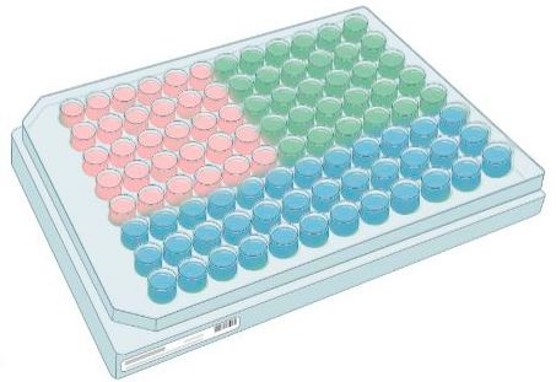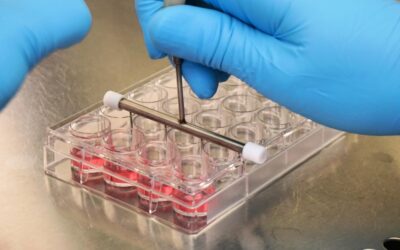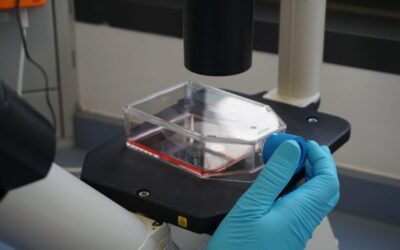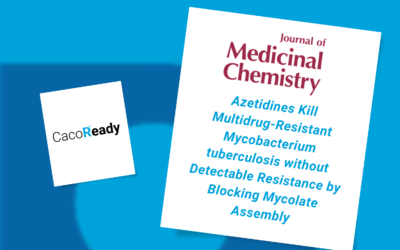DRUG DRUG INTERACTIONS (DDI)
Efflux Transporters
Optimize the need for and proper design of potential future clinical studies with our range of ready-to-use efflux transporters kits.
Assays recommended according to main regulatory authorities.
Shipments worldwide at room temperature thanks to our patented technology.
Highly predictive and useful in the in vitro to in vivo progression.
DDI MODELS
Ready-to-use efflux proteins for Drug-Transporter assays
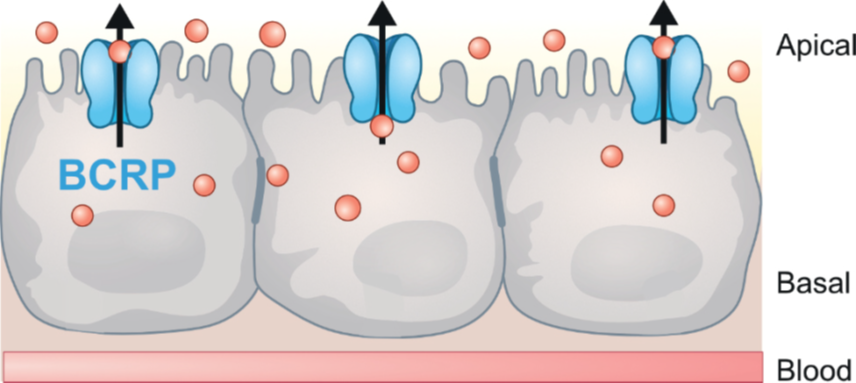
BCRP transporter expression
Our PreadyPort BCRP model contains MDCKII cells transfected with the ABCG2 gene to overexpress the breast cancer resistance protein (BCRP), a membrane transporter of considerable clinical importance, to evaluate drug-transporter interactions in preclinical stages.
Read more
Like MDR1, the breast cancer resistant protein (BCRP) is an efflux transporter that belongs to the ATP-binding Cassette Family (ABC) family. BCRP is expressed in a wide number of tissues such as testes, placenta and the gastrointestinal tract.
This efflux transporters are also located at the luminal membrane of the Blood Brain Barrier and recognizes a broad number of endogenous and xenobiotic compounds, that overlap with those of Pgp.
Both the FDA and EMA recommend evaluation of BCRP transporter for drugs whose ADME is influenced by efflux transporters.
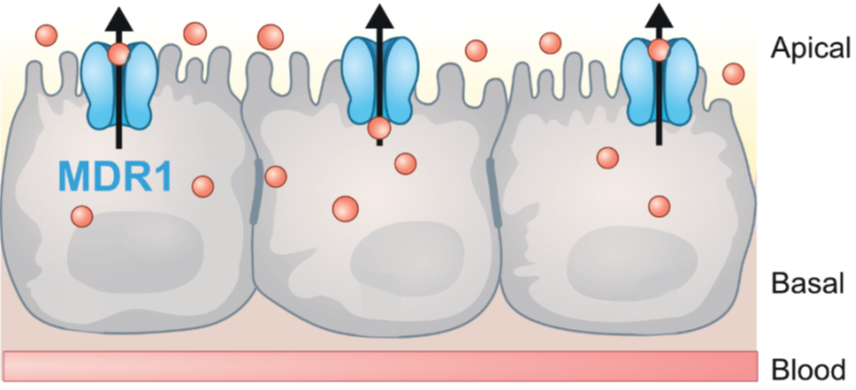
MDR1 transporter expression
The multidrug resistance protein 1 (MDR1) also known as P-glycoprotein (P-gp) is a a membrane efflux protein which needs from the ATP hydrolysis to actively translocate substrates against an electrochemical gradient. They are present in our PreadyPort MDR1 plates.
Read more
This efflux transporter is expressed in tissue barriers (e.g brain, intestine, placenta) and excretory organs (kidney and liver) where it exerts a protective mechanism by pumping out of the cells and into the blood, bile and urine compounds potentially toxic.
The FDA and EMA recommend testing for MDR1 interactions in vitro as a minimum requirement. In addition, MDR1 is the most commonly cited drug transporter in pharmaceutical product labeling.
ReadyCell EFFLUX TRANSPORTER kits
Our pre-plated overexpressed transporters allow the study of clinically relevant ligand-receptor interaction effects.
DDI screening represents a necessary means not only for assessing and ranking potential drug candidates but also for aiding in the development of mechanisms for predicting and retrospectively explaining in vivo drug performance.
CUSTOM MADE PLATES
Set up your PreadyPort plates with several clones cultures
Customize your 24-well and 96-well plates by combining MDCKII cells overexpressing efflux transporters according to the assay requirements.
READYCELL Support
Frequently Asked Questions
What do the current regulations establish on the basis of BCRP and MDR1 transporter tests?
According to regulatory agencies, the identification of P-gp and BCRP substrates and inhibitors during CNS drug development is a regulatory requirement to circumvent potential clinical drug-drug interactions and nonlinear pharmacokinetics.
Does ReadyCell shipping medium affect cell lines?
No, ReadyCell’s Shipping Medium consists of a semi-solid culture system specifically designed to preserve cells at room temperature (15-25ºC). This medium maintains a suitable physicochemical environment, keeping adequate moisture conditions for cellular homeostasis and forming a protective cushion that protects cell integrity and functionality during long-distance shipments and up to seven days.
Is it possible to add a testing service to the order?
As a general rule, we act as a supplier and do not provide testing services. Nonetheless, feel free to contact us if you wish to test our plates externally. We can direct you to our partners who can assist you in conducting the assay effectively. Additionally, in certain situations, we are open to collaborating to try out new applications of interest to both of us.
What are the recommended reference compounds for MDR1 and BCRP transporters?
The substrate par excellence of MDR1 is Digoxin. Valspodar is recommended as an inhibitor. In the case of BCRP, the recommended substrate is Prazosin while the inhibitor is Ko143.
Is the quality control data specific for each kit?
Yes, we provide a concrete quality control for each batch so the customer can have a reference for the kit both in pre-shipment and post-shipment.
Related news
Recommended reference compounds for permeability assays
Permeability assays are important for understanding how molecules cross biological barriers, assessing both their ability to cross and the mechanisms involved. While drugs are often absorbed by passive diffusion, some molecules can also be substrates for membrane proteins or transporters.
Caco-2 Permeability Assay Protocol
The permeability assay protocol for Caco-2 cells serves as a cornerstone in understanding and predicting the intestinal absorption of pharmaceutical agents.
Promising results for a new treatment against drug-resistant tuberculosis
The article highlights the discovery of a series of azetidine derivatives, known as BGAz compounds, that exhibit potent bactericidal activity against both drug-sensitive Mycobacterium tuberculosis and multidrug-resistant TB strains.




